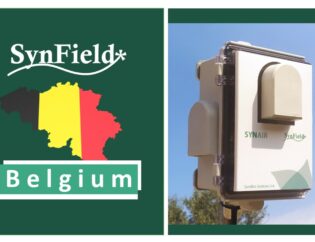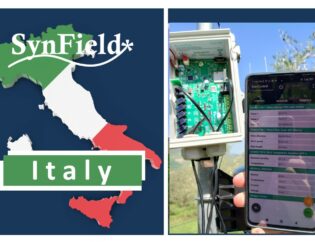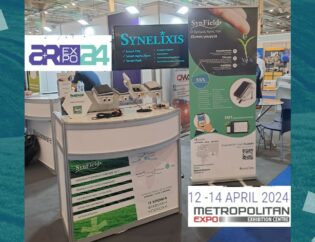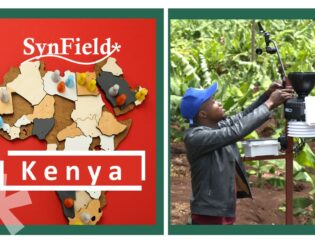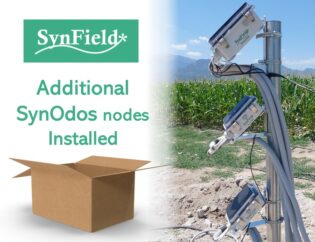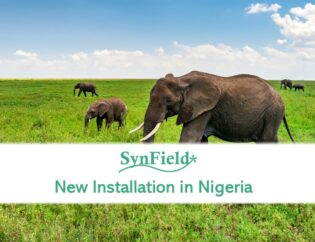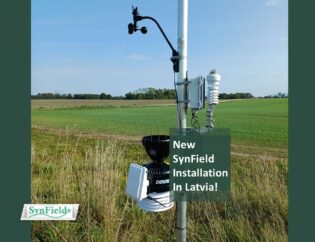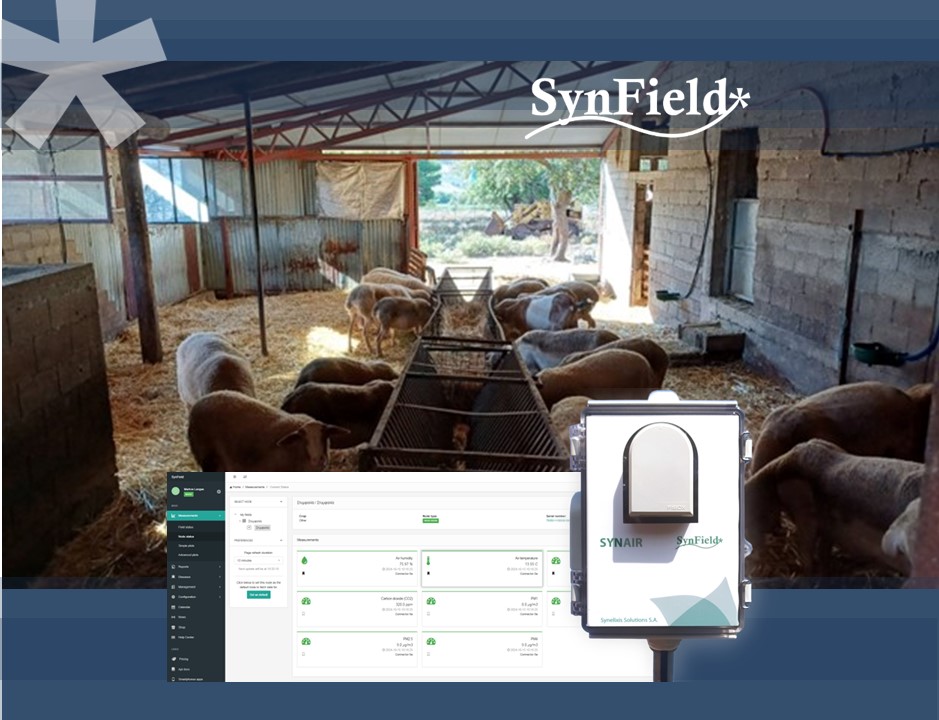
Synelixis air quality monitoring system, SynAir, along with a SynField X3 Head node, has been successfully installed and operational since July 2024 in Karakousis goat and sheep farm in Stymfalia area, which supplies milk to the Stymfalia dairy.
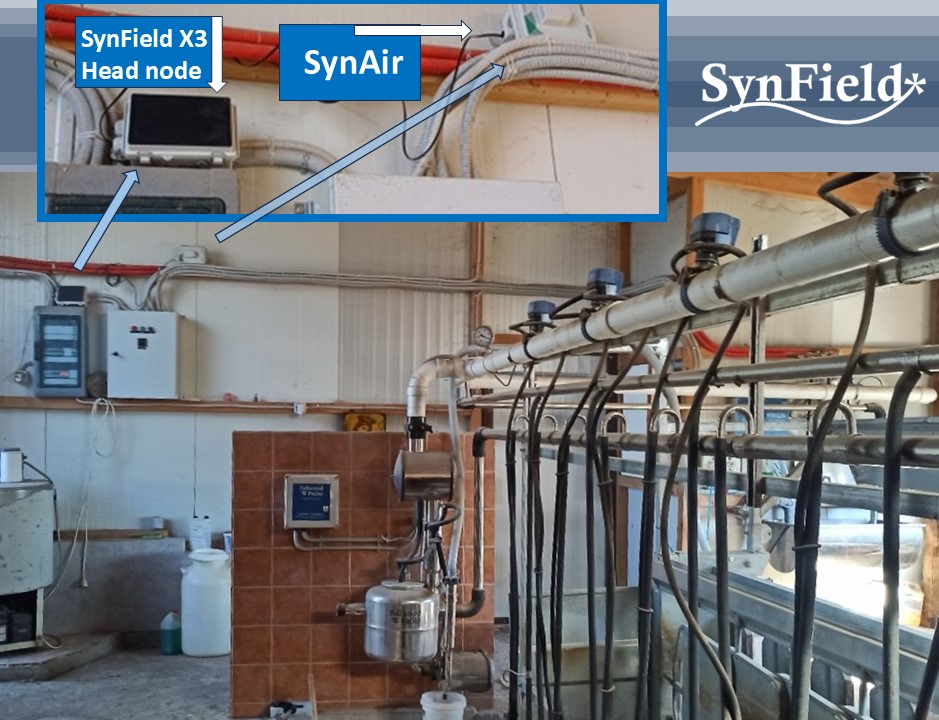
SynAir monitors the conditions of the farm interior and allows evaluation of the animal living conditions and welfare. Measured parameters include temperature, relative humidity, barometric pressure, CO2, particulate matter (PM 1.0, PM 2.5, PM 4, PM 10), total volatile organic compounds (VOC), NO2, CO, Ozone, and NO2. Measurements are sent to the SynField online platform allowing the breeder and authorized parties to check and verify the air conditions.
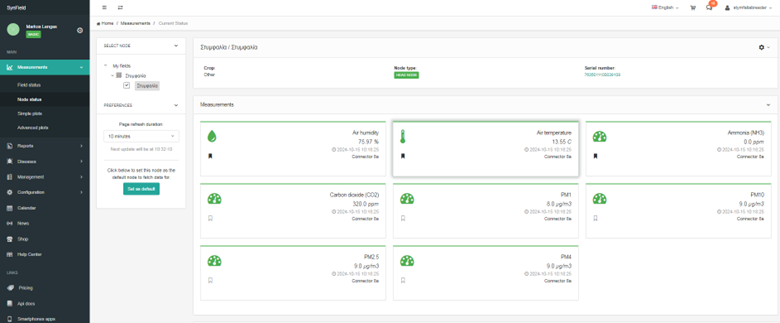
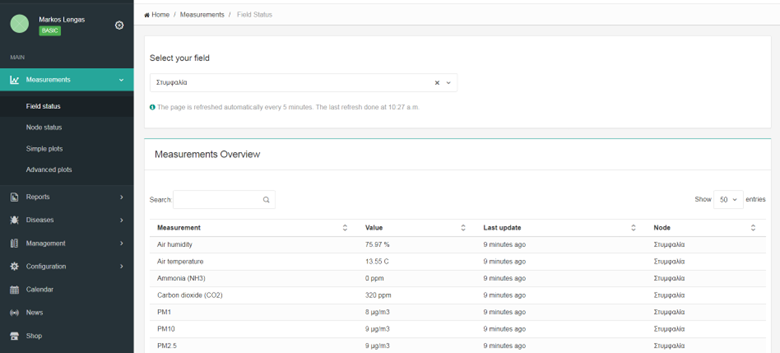
Animal welfare verification is a trait increasingly appreciated by Greek and EU consumers as indicated in the context of the case study developed by Synelixis SA and Stymfalia SA in FAIRCHAIN EU H2020 project and verified by a relevant consumer survey. Animal Welfare can be quantified through the calculation of the THI (Temperature Humidity index) configured per animal species[1]. The calculated values are escalated to indicate good, moderate (mild stress) and bad conditions (severe stress)[2].
SynAir has proven useful both for human (residents) and animals, in the case of recent wildfires in the area of Korinthia Peloponnese (at the end of September 2024). Although the wildfire has not reached the area of Stymfalia the smoke has indirectly affected the premises. As depicted in the following screenshots the PM1 concentration has increased during this brief period (30/09-01/10).
At that time, the breeder could readily have a quantified estimation of particulate matter (PM1, i.e. particles <1 μm in size). The fire was extinguished, and there were no injuries involving either humans or animals in the area, and life has returned to its normal rhythm.
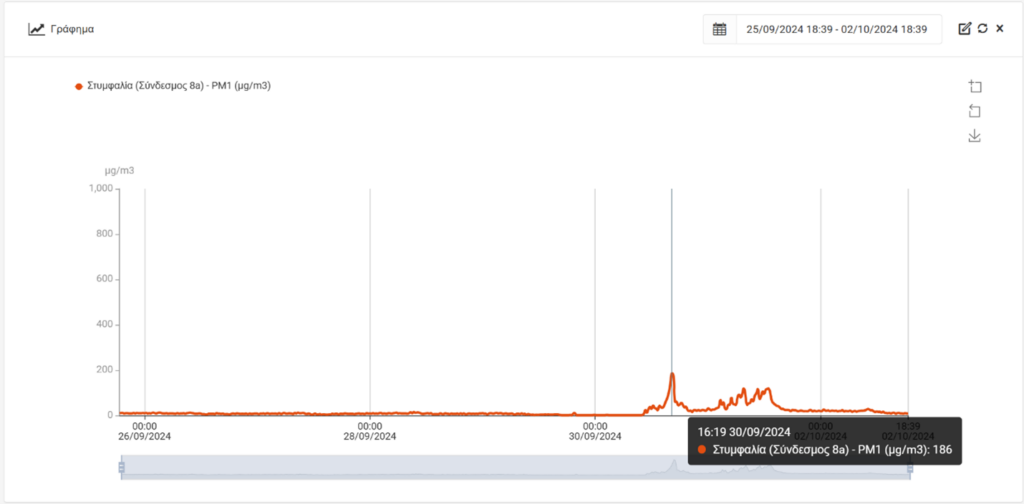


[1] A. Srivastava, P. Y. (2021). Appropriate THI model and its threshold for goats in semi-arid regions of India. Journal of Thermal Biology. doi:https://doi.org/10.1016/j.jtherbio.2021.102845.
[2] Bhateshwar, V. &. (2022). Heat Stress Responses in Small Ruminants under Arid and Semi-arid Regions of Western India: A Review. Agricultural Reviews. doi:10.18805/ag.R-2393
